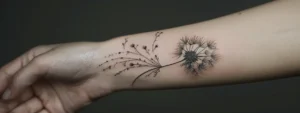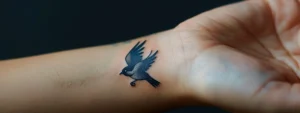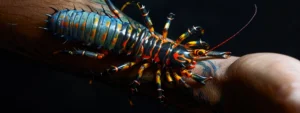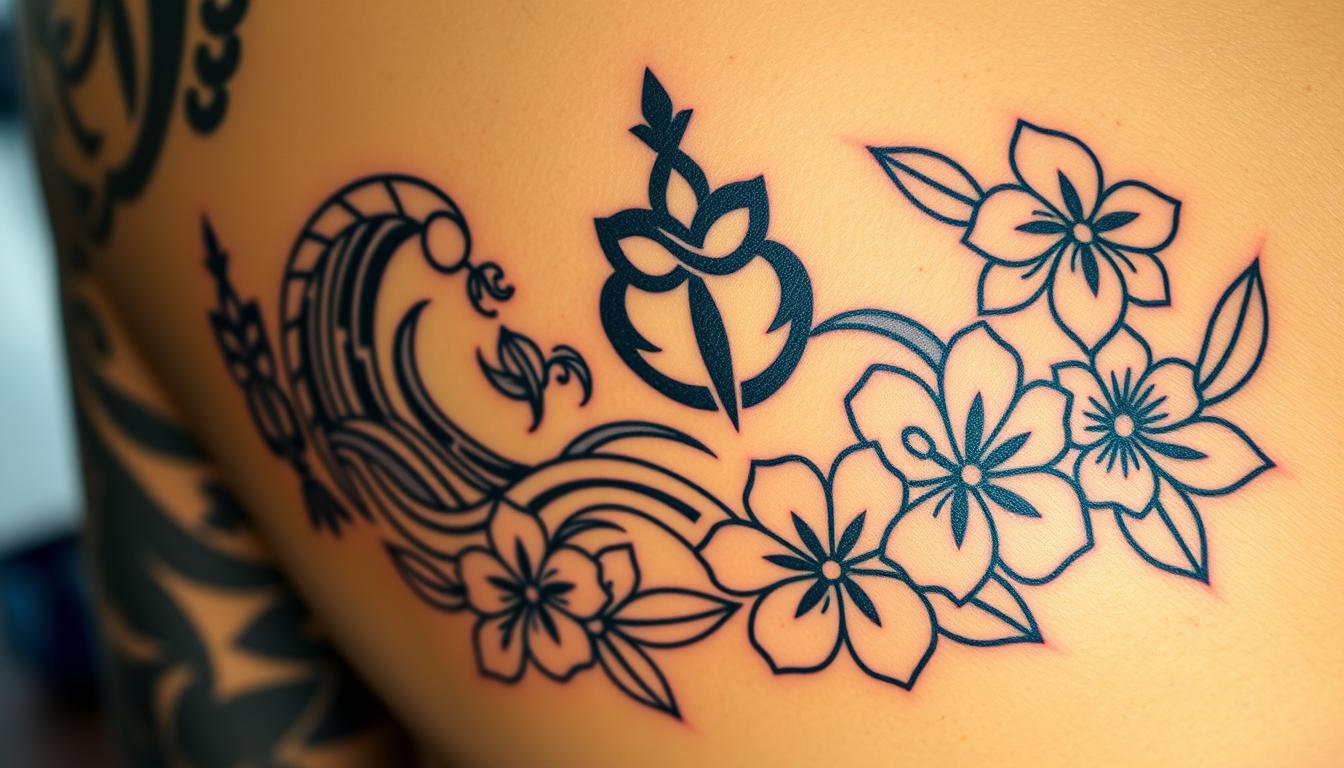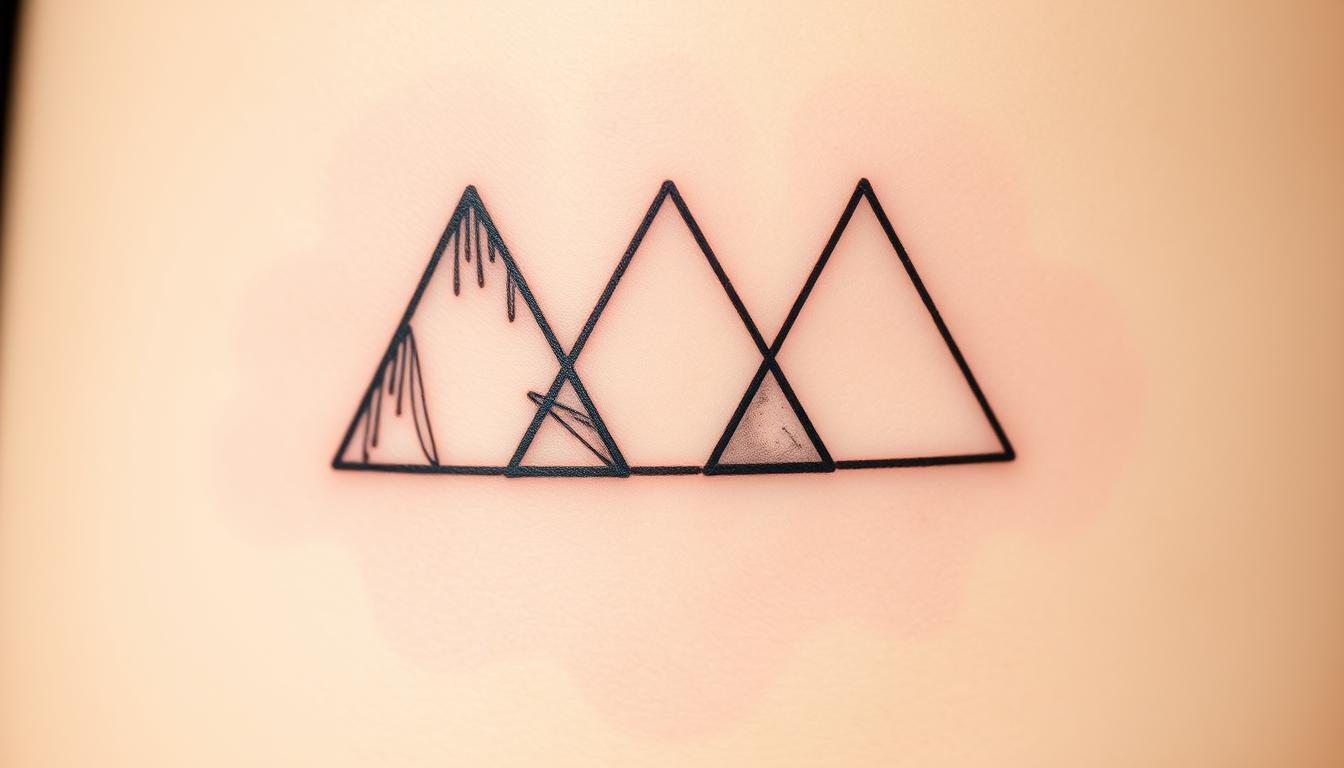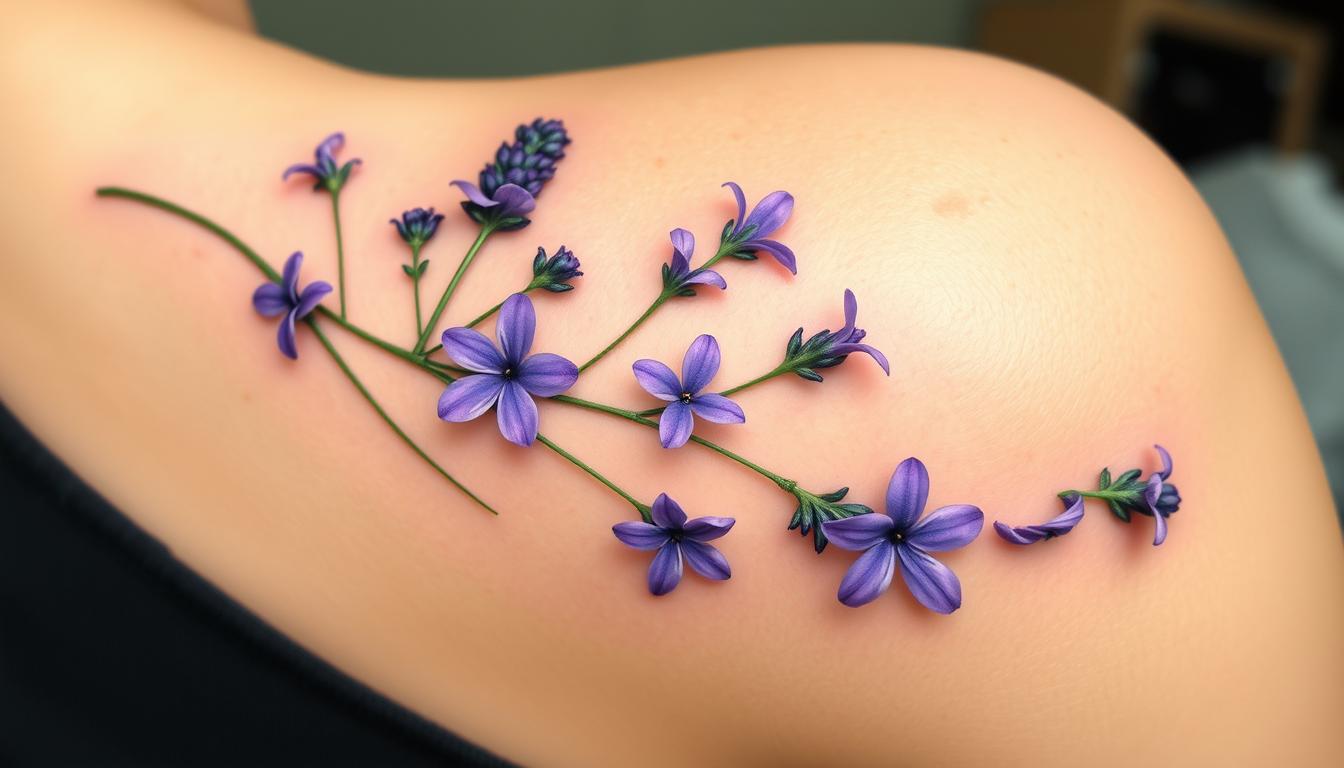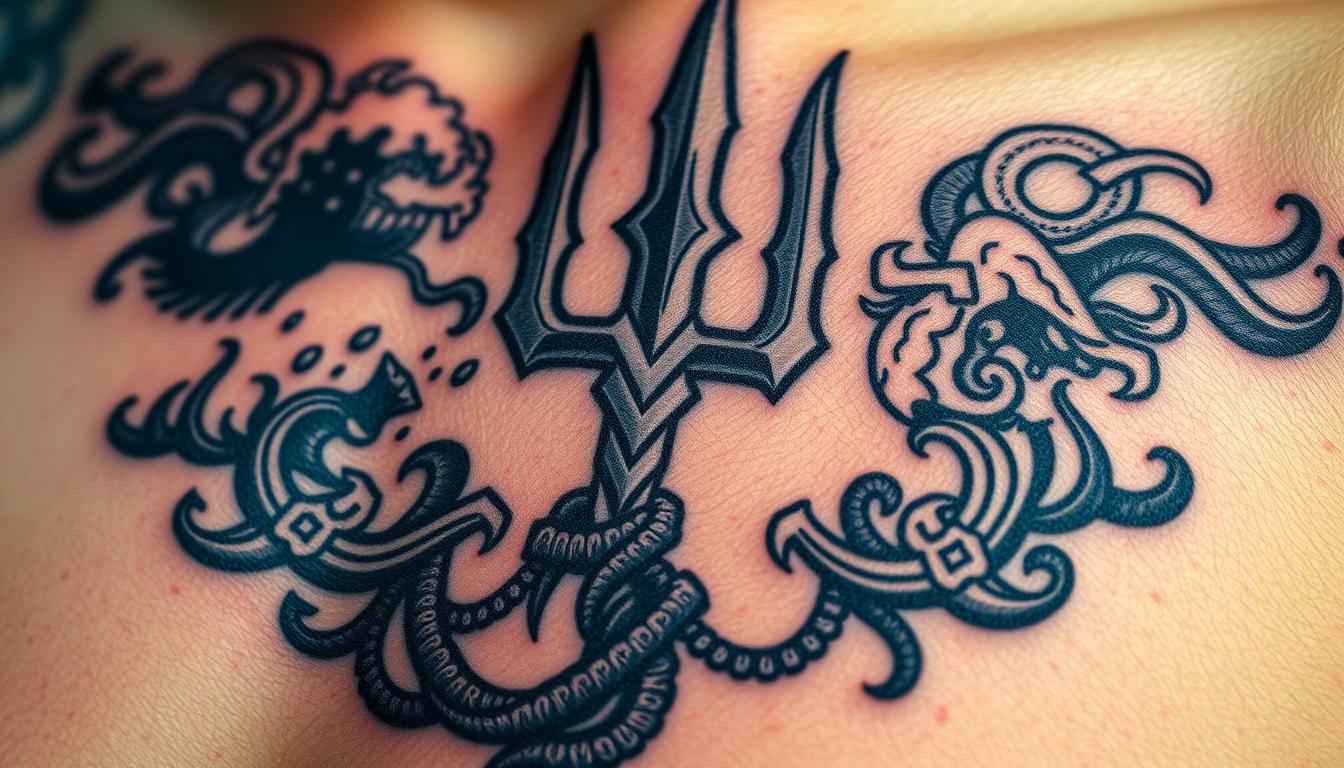Getting a new tattoo is exciting, but it comes with crucial aftercare rules. One common question is: How long after getting a tattoo can you swim? This article provides expert advice on swimming post-tattoo, covering the healing process, risks of early water exposure, and recommended waiting periods. We’ll also discuss signs of a fully healed tattoo and tips for protecting your new ink when swimming is unavoidable. By following this guidance, you’ll ensure your tattoo heals properly and stays vibrant, whether you’re dealing with chlorine, sand, or shower water.
Key Takeaways
- Wait 2-4 weeks before swimming after getting a new tattoo to prevent infection and damage
- Use waterproof coverings and limit water exposure when swimming with a healing tattoo is unavoidable
- Clean and dry the tattoo thoroughly after any water exposure, then apply recommended aftercare products
- Visible signs of complete healing include smooth skin, vibrant colors, and absence of tenderness
- Consult a tattoo artist if experiencing prolonged redness, swelling, or unusual discharge from the tattoo site
Understanding the Healing Process of a New Tattoo
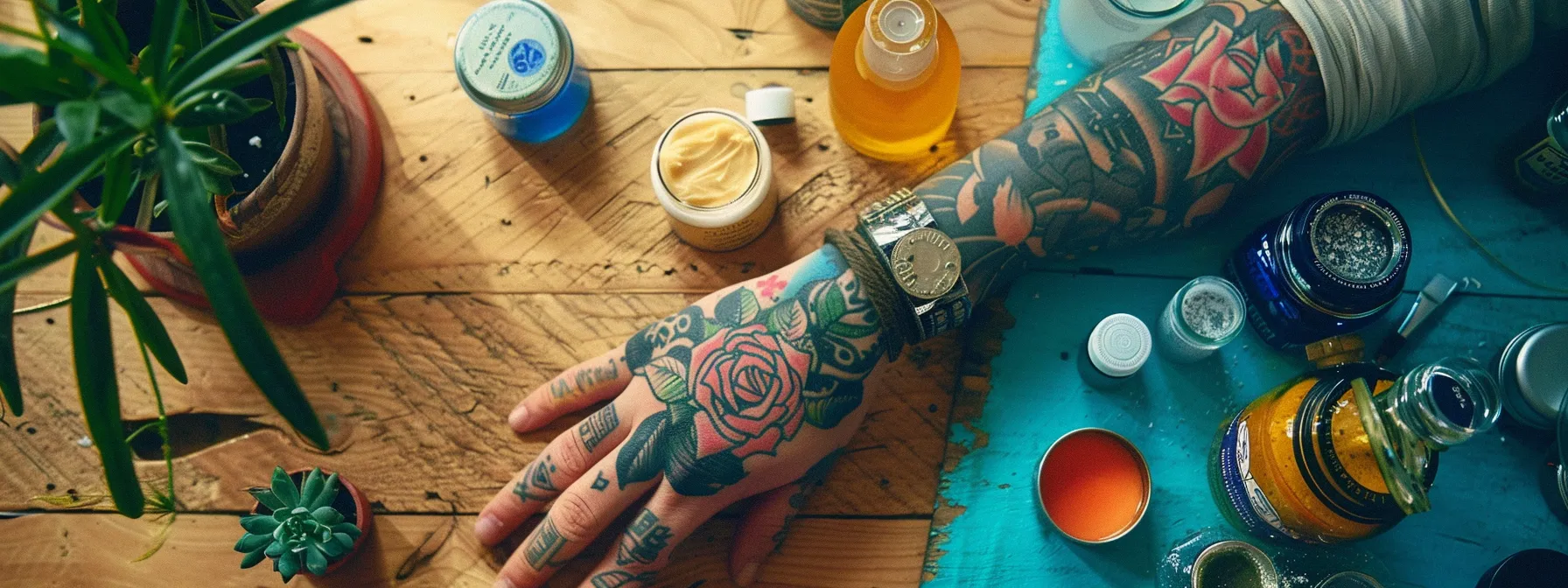
Understanding the healing process of a new tattoo is crucial for proper aftercare. This section explores the stages of tattoo healing, factors influencing healing time, and the importance of following aftercare instructions. Knowing these aspects helps determine when it’s safe to swim in oceans or lakes, as the tattoo wound requires careful skin care to avoid complications.
The Stages of Tattoo Healing
The healing process of a new tattoo involves several stages, each requiring specific care to ensure optimal results. Initially, the tattooed area may appear red and swollen, necessitating gentle cleansing with a mild cleanser and application of a thin layer of Aquaphor ointment. As healing progresses, the skin may begin to itch and peel, signaling the formation of new skin cells. During this time, it’s crucial to avoid scratching or submerging the tattoo in water, including swimming pools, to prevent infection and maintain the tattoo’s health and vibrancy.
Factors That Influence Healing Time
Several factors influence tattoo healing time, including the tattoo’s size, location, and the individual’s overall health. Proper aftercare, as recommended by the tattoo artist, plays a crucial role in preventing complications such as irritant contact dermatitis. Exposure to sunlight can slow healing and cause irritation, making sunscreen application essential once the initial healing phase is complete. Dermatology experts emphasize the importance of avoiding potential irritants and following a strict skincare routine to promote optimal healing and minimize the risk of infection.
Importance of Following Aftercare Instructions
Following aftercare instructions is crucial for proper tattoo healing and determining when it’s safe to swim in various water environments. Experts advise against exposing new tattoos to water sources like the Gulf of Mexico or fresh water lakes until the healing process is complete. Instead of using Vaseline, which can trap bacteria, tattoo artists recommend specific aftercare products. The healing timeline varies, but generally, avoiding salt water and other potentially harmful substances is essential for several weeks. Here’s a general guide for tattoo aftercare:
- Keep the tattoo clean and dry for the first 24-48 hours
- Gently wash with unscented soap and pat dry
- Apply a thin layer of recommended aftercare ointment
- Avoid submerging in water, including swimming, for at least 2-4 weeks
- Protect the tattoo from direct sunlight
- Avoid picking or scratching the healing skin
Risks of Swimming With a Fresh Tattoo
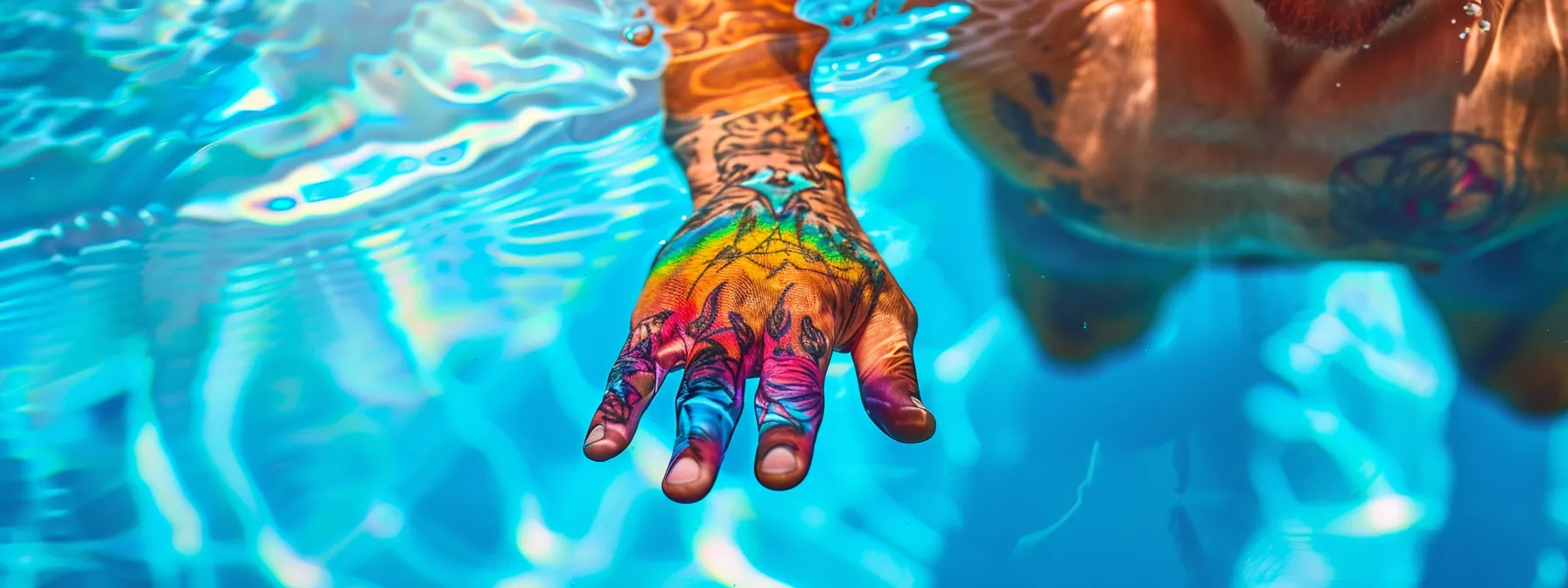
Swimming with a fresh tattoo poses significant risks. Exposure to bacteria in water can lead to infections, compromising the healing process. Chlorine and saltwater can irritate the skin, affecting ink retention. Prolonged moisture may distort the tattoo or cause fading. Understanding these risks is crucial for proper aftercare and preserving the tattoo’s quality.
Exposure to Bacteria and Infections
Swimming with a fresh tattoo exposes it to harmful bacteria, significantly increasing the risk of infection. Water environments like pools, hot tubs, and natural bodies of water harbor microorganisms that can penetrate the open wound, potentially leading to serious complications. Even seemingly clean water sources pose a threat, as bacteria can easily become trapped under a swimsuit or towel, prolonging moisture exposure and creating an ideal environment for bacterial growth. To minimize these risks, individuals should avoid swimming and keep their new tattoo bandaged and dry until it has fully healed:
| Water Source | Potential Risks | Recommended Waiting Period |
|---|---|---|
| Pools | Chlorine irritation, bacterial exposure | 2-4 weeks |
| Hot Tubs | High bacteria levels, heat-induced fading | 4-6 weeks |
| Ocean/Lakes | Salt/freshwater irritation, diverse bacteria | 3-4 weeks |
Effects of Chlorine and Saltwater on Healing Skin
Chlorine and saltwater can significantly impact healing tattoos, potentially causing rash, irritation, and increased risk of infection. These substances can strip away the skin’s natural oils, leading to dryness and heightened sensitivity. Prolonged exposure to heat and water may also cause the tattoo to fade prematurely. Experts recommend waiting at least two to four weeks before swimming, depending on the tattoo’s size and location. During this period, individuals should use a gentle, fragrance-free soap to clean the area and avoid submerging it in water. Here’s a breakdown of how different water environments affect healing tattoos:
| Water Type | Effects on Healing Tattoos | Recommended Precautions |
|---|---|---|
| Chlorinated Pool | Dryness, irritation, potential fading | Wait 2-4 weeks, use waterproof bandage |
| Saltwater | Stinging, increased risk of infection | Wait 3-4 weeks, apply protective barrier |
| Fresh Water | Bacteria exposure, potential for disease | Wait 2-3 weeks, clean thoroughly after exposure |
Potential for Tattoo Distortion and Fading
Swimming with a fresh tattoo can lead to distortion and fading, compromising the skin’s integrity and increasing the risk of infection. Prolonged exposure to water softens the skin, potentially causing the tattoo to blur or lose its sharpness. This softening effect also makes the tattooed area more susceptible to irritants, which may result in dermatitis or other skin complications. To prevent these issues, experts recommend waterproofing the tattoo and avoiding submersion until the skin has fully healed, typically 2-4 weeks after the procedure. If fever or signs of infection occur, immediate medical attention is crucial to prevent long-term damage to both the tattoo and overall health.
Recommended Waiting Period Before Swimming

Tattoo professionals recommend specific waiting periods before swimming to prevent complications like sepsis. These guidelines vary based on tattoo size, location, and individual healing factors. Understanding these aspects helps ensure proper healing and minimizes risks associated with swimming after getting a tattoo.
General Guidelines From Tattoo Professionals
Tattoo professionals generally recommend waiting 2-4 weeks before swimming after get a new tattoo. This period allows the skin to heal and form a protective barrier against potential infections. Factors such as tattoo size, location, and individual healing rates can influence this timeline. Experts stress the importance of following aftercare instructions meticulously, including keeping the tattoo dry and clean during the initial healing phase. They advise against submerging the tattoo in any water, including pools, oceans, and lakes, until the skin has fully healed to prevent complications.
How Tattoo Size and Location Affect Healing
Tattoo size and location significantly influence healing time and the recommended waiting period before swimming. Larger tattoos generally require more time to heal, as they involve more skin trauma and ink saturation. Tattoos on areas with high movement or friction, such as joints or waistbands, may take longer to heal and require extended care before water exposure. Conversely, smaller tattoos in less mobile areas often heal faster, potentially reducing the waiting period for swimming activities.
Individual Healing Variations to Consider
Individual healing rates vary significantly, affecting the recommended waiting period before swimming. Factors such as age, overall health, immune system function, and adherence to aftercare instructions influence healing speed. Some individuals may heal faster, potentially reducing the waiting time, while others might require extended care. Tattoo artists and dermatologists recommend assessing the tattoo’s healing progress before engaging in water activities. Signs of proper healing include:
- Complete scab shedding
- No redness or swelling
- Absence of pain or tenderness
- Even skin texture
- Fading of the initial shiny appearance
How to Know if Your Tattoo Is Fully Healed
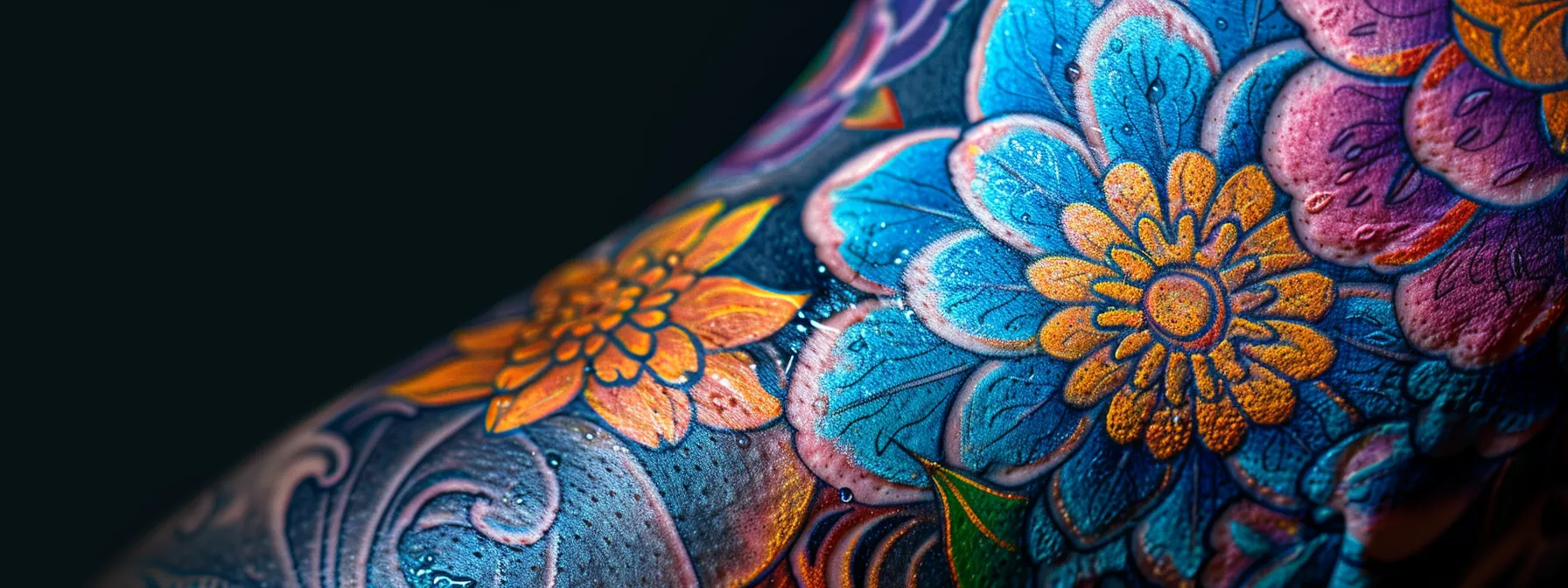
Determining if a tattoo is fully healed is crucial before swimming. This section explores visible signs of complete healing, when to consult a tattoo artist, and common healing complications. Understanding these aspects helps ensure proper tattoo care and reduces the risk of damage or infection when returning to water activities.
Visible Signs of Complete Healing
Visible signs of complete tattoo healing include the absence of scabs, peeling, or flaking skin. The tattoo should appear smooth and even in texture, with the skin returning to its normal elasticity. Colors should appear vibrant and well-settled into the skin, without any cloudiness or milky appearance. Additionally, the area should no longer feel tender or sensitive to touch, indicating that the deeper layers of skin have fully healed.
When to Seek Advice From Your Tattoo Artist
Tattoo recipients should seek advice from their artists if they experience prolonged redness, swelling, or unusual discharge from the tattoo site. Professional guidance is crucial when the healing process deviates from the expected timeline or if there are concerns about infection or allergic reactions. Tattoo artists can provide personalized advice based on the specific tattoo and individual healing progress, ensuring optimal care and determining the appropriate time to resume water activities:
| Symptom | Action | Potential Concern |
|---|---|---|
| Persistent redness or swelling | Contact tattoo artist | Infection or allergic reaction |
| Unusual discharge | Seek immediate advice | Possible infection |
| Delayed healing | Schedule follow-up consultation | Improper aftercare or underlying health issues |
Understanding Common Healing Complications
Common healing complications for new tattoos include infection, allergic reactions, and excessive scarring. Infection signs typically manifest as increased redness, swelling, warmth, and discharge from the tattoo site. Allergic reactions may present as persistent itching, rash, or hives around the tattooed area. Excessive scarring can occur if the tattoo is picked at or exposed to irritants during the healing process. Recognizing these complications early allows for prompt treatment, potentially preventing long-term damage to the tattoo and ensuring a safe return to water activities.
Tips for Protecting Your Tattoo When Swimming Is Necessary
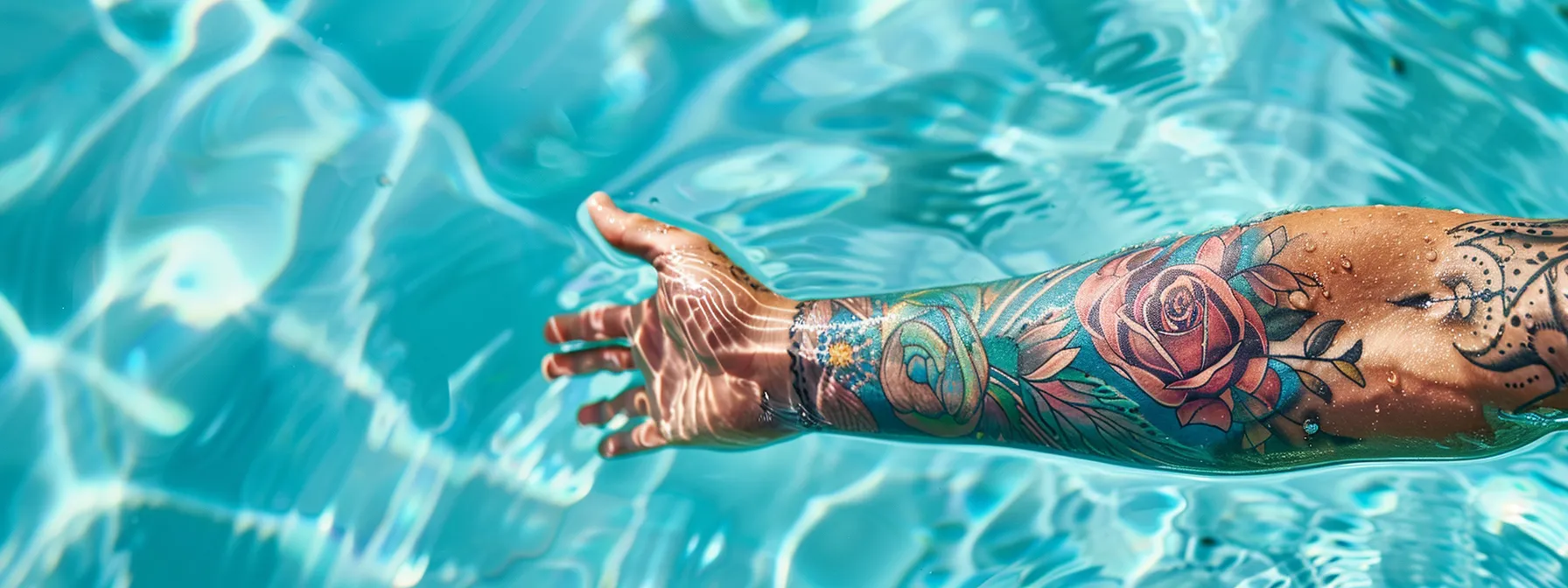
When swimming with a new tattoo is unavoidable, certain precautions can minimize risks. This section covers the safe use of waterproof coverings to protect the tattoo, strategies for reducing time spent in water, and essential aftercare practices following swimming. These tips help preserve tattoo quality and prevent potential complications when water exposure is necessary.
Safe Use of Waterproof Coverings
Waterproof coverings provide essential protection for new tattoos when swimming is unavoidable. Tattoo artists recommend using specialized waterproof bandages or barriers designed for wound care. These coverings create a seal around the tattoo, preventing water from reaching the healing skin. Users should apply the covering carefully, ensuring complete coverage of the tattooed area and a proper seal around the edges. After swimming, it’s crucial to remove the covering promptly and clean the tattoo thoroughly. Here are key steps for safely using waterproof coverings:
- Clean and dry the tattoo area before applying the covering
- Apply the waterproof bandage, ensuring no air bubbles or gaps
- Limit water exposure to 30 minutes or less
- Remove the covering immediately after exiting the water
- Gently clean and dry the tattoo, then apply recommended aftercare products
Reducing Time Spent in Water
Minimizing time spent in water is crucial for protecting a new tattoo when swimming cannot be avoided. Experts recommend limiting water exposure to no more than 15-20 minutes to reduce the risk of infection and damage to the healing skin. Swimmers should prioritize quick dips or brief water activities rather than extended periods of submersion. This approach helps maintain the integrity of any waterproof coverings used and reduces the likelihood of water penetrating the tattoo area.
Caring for Your Tattoo After Swimming
After swimming, individuals should immediately remove any waterproof coverings and thoroughly clean the tattoo with lukewarm water and fragrance-free soap. Gently pat the area dry with a clean towel and apply a thin layer of recommended aftercare ointment to prevent dryness and promote healing. It’s crucial to monitor the tattoo for any signs of irritation or infection in the hours following water exposure. If redness, swelling, or unusual discharge occurs, seeking advice from a tattoo professional or healthcare provider is advisable to ensure proper healing continues.
Expert Advice on Tattoo Aftercare and Swimming
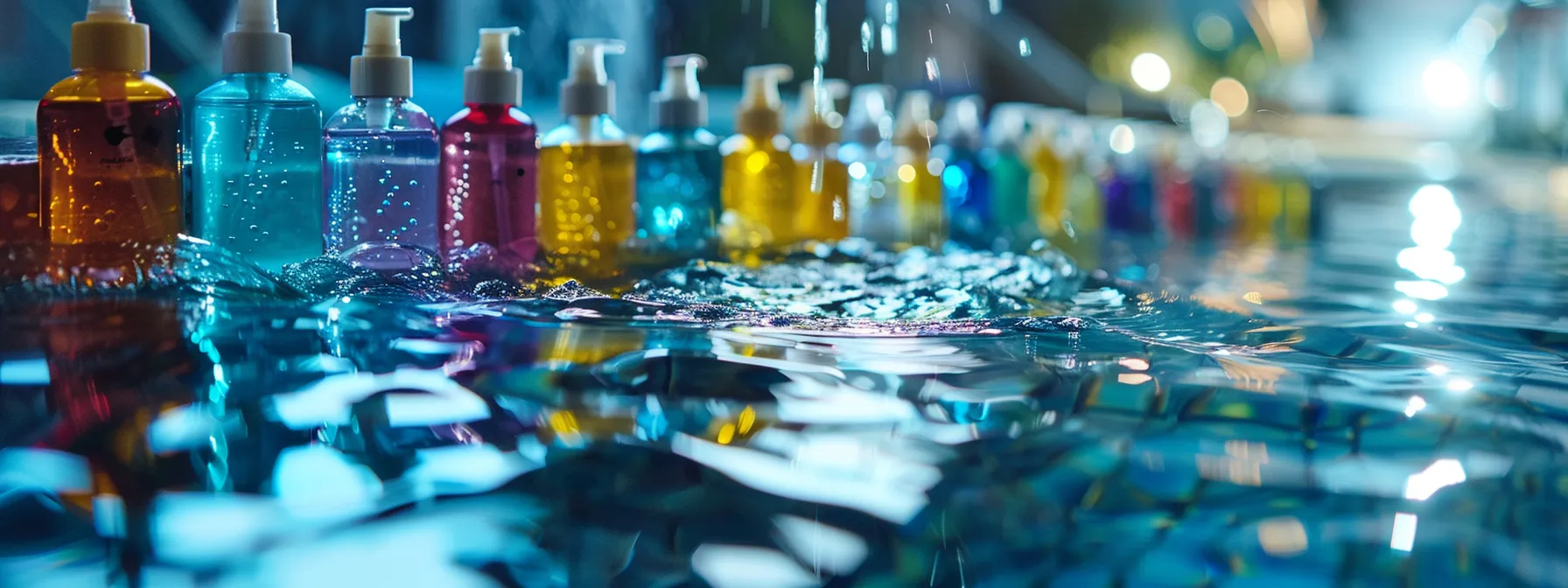
Expert advice on tattoo aftercare and swimming provides crucial guidance for optimal healing. Professional recommendations emphasize proper care techniques, while addressing common misconceptions helps prevent complications. Accessing additional tattoo care resources ensures comprehensive knowledge for maintaining tattoo health and determining safe swimming timelines.
Professional Recommendations for Optimal Healing
Tattoo professionals recommend avoiding swimming for at least 2-4 weeks after getting a new tattoo to ensure optimal healing. They advise keeping the tattoo clean and dry, using fragrance-free soap and patting the area gently with a clean towel. Experts stress the importance of applying a thin layer of recommended aftercare ointment to keep the skin moisturized and protected. They caution against exposing the tattoo to direct sunlight or soaking it in water until it has fully healed to prevent infection and maintain the tattoo’s vibrancy.
Addressing Common Misconceptions
Several misconceptions surround tattoo aftercare and swimming. Many believe chlorinated pools are safe for fresh tattoos, but experts warn against this due to infection risks and potential ink fading. Another common myth is that saltwater promotes healing, but it can actually irritate the wound and introduce harmful bacteria. Tattoo professionals emphasize that no water exposure, regardless of type, is safe until the tattoo has fully healed, typically taking 2-4 weeks.
Accessing Additional Tattoo Care Resources
Tattoo care resources from reputable sources provide comprehensive guidance for proper aftercare and safe swimming practices. Professional tattoo associations offer online guides and mobile apps with detailed instructions on wound care, infection prevention, and determining when it’s safe to resume water activities. Dermatology websites provide scientific insights into skin healing processes, helping individuals understand the importance of following aftercare protocols. These resources often include visual aids and FAQs to address common concerns, ensuring tattoo recipients have access to expert knowledge for maintaining their new body art.
Conclusion
Understanding the healing process and following proper aftercare for new tattoos is crucial for preserving their quality and preventing complications. Experts recommend waiting 2-4 weeks before swimming to allow the skin to heal fully and form a protective barrier against infections. Factors such as tattoo size, location, and individual healing rates influence the waiting period, making it essential to consult with a tattoo professional for personalized advice. By adhering to aftercare guidelines, recognizing signs of complete healing, and taking necessary precautions when water exposure is unavoidable, individuals can ensure the longevity and vibrancy of their tattoos while minimizing health risks.







































